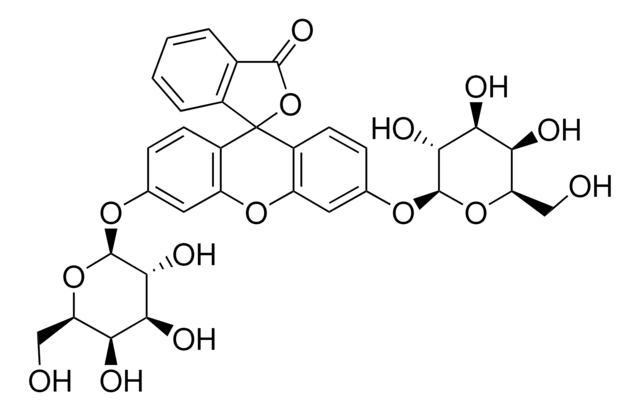L2387
Lipopolysaccharides from Salmonella typhosa
purified by gel-filtration chromatography
Synonym(s):
LPS
Sign Into View Organizational & Contract Pricing
All Photos(1)
About This Item
Recommended Products
biological source
bacterial (Salmonella typhosa)
Quality Level
form
lyophilized powder
purified by
gel-filtration chromatography
impurities
<1% Protein
color
white to faint yellow
solubility
water: soluble
storage temp.
2-8°C
Looking for similar products? Visit Product Comparison Guide
General description
This product is extracted from Salmonella typhosa and purified by gel filtration. The source strain is ATCC 10749.
Application
Lipopolysaccharides (LPSs) are characteristic components of the cell wall of Gram-negative bacteria. LPS and its lipid A moiety stimulate cells of the innate immune system by the Toll-like receptor 4 (TLR4), a member of the Toll-like receptor protein family, which recognizes common pathogen-associated molecular-patterns (PAMPs).
Biochem/physiol Actions
Lipopolysaccharides (LPS) are localized in the outer layer of the membrane and are, in noncapsulated strains, exposed on the cell surface. They contribute to the integrity of the outer membrane, and protect the cell against the action of bile salts and lipophilic antibiotics.
Preparation Note
The product is soluble in water (5 mg/ml) or cell culture medium (1 mg/ml) yielding a hazy, faint yellow solution. A more concentrated, though still hazy, solution (20 mg/ml) has been achieved in aqueous saline after vortexing and warming to 70-80 oC. Lipopolysaccharides are molecules that form micelles in every solvent. Hazy solutions are observed in water and phosphate buffered saline. Organic solvents do not give clearer solutions. Methanol yields a turbid suspension with floaters, while water yields a homogeneously hazy solution.
Other Notes
To gain a comprehensive understanding of our extensive range of Lipopolysaccharides for your research, we encourage you to visit our Carbohydrates Category page.
related product
Signal Word
Danger
Hazard Statements
Precautionary Statements
Hazard Classifications
Acute Tox. 2 Oral
Storage Class Code
6.1A - Combustible acute toxic Cat. 1 and 2 / very toxic hazardous materials
WGK
WGK 3
Flash Point(F)
Not applicable
Flash Point(C)
Not applicable
Choose from one of the most recent versions:
Already Own This Product?
Find documentation for the products that you have recently purchased in the Document Library.
Customers Also Viewed
Thomas C Darton et al.
PLoS neglected tropical diseases, 10(8), e0004926-e0004926 (2016-08-18)
Typhoid persists as a major cause of global morbidity. While several licensed vaccines to prevent typhoid are available, they are of only moderate efficacy and unsuitable for use in children less than two years of age. Development of new efficacious
Malick M Gibani et al.
Clinical infectious diseases : an official publication of the Infectious Diseases Society of America, 68(8), 1265-1273 (2018-09-27)
Shedding of Salmonella Typhi or Paratyphi in the stool or urine leads to contamination of food or water, which is a prerequisite for transmission of enteric fever. Currently, there are limited data on the effect of vaccination or prior exposure
Thomas C Darton et al.
Frontiers in microbiology, 8, 1794-1794 (2017-10-04)
Current diagnostic tests for typhoid fever, the disease caused by
Claire S Waddington et al.
Clinical infectious diseases : an official publication of the Infectious Diseases Society of America, 58(9), 1230-1240 (2014-02-13)
Typhoid fever is a major global health problem, the control of which is hindered by lack of a suitable animal model in which to study Salmonella Typhi infection. Until 1974, a human challenge model advanced understanding of typhoid and was
Elyse A Schmidt et al.
The Journal of biological chemistry, 292(11), 4651-4662 (2017-02-06)
The immunity-related GTPases (IRGs) are a family of proteins that are induced by interferon (IFN)-γ and play pivotal roles in immune and inflammatory responses. IRGs ostensibly function as dynamin-like proteins that bind to intracellular membranes and promote remodeling and trafficking
Our team of scientists has experience in all areas of research including Life Science, Material Science, Chemical Synthesis, Chromatography, Analytical and many others.
Contact Technical Service



